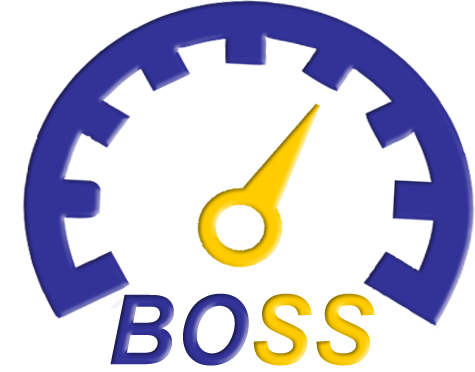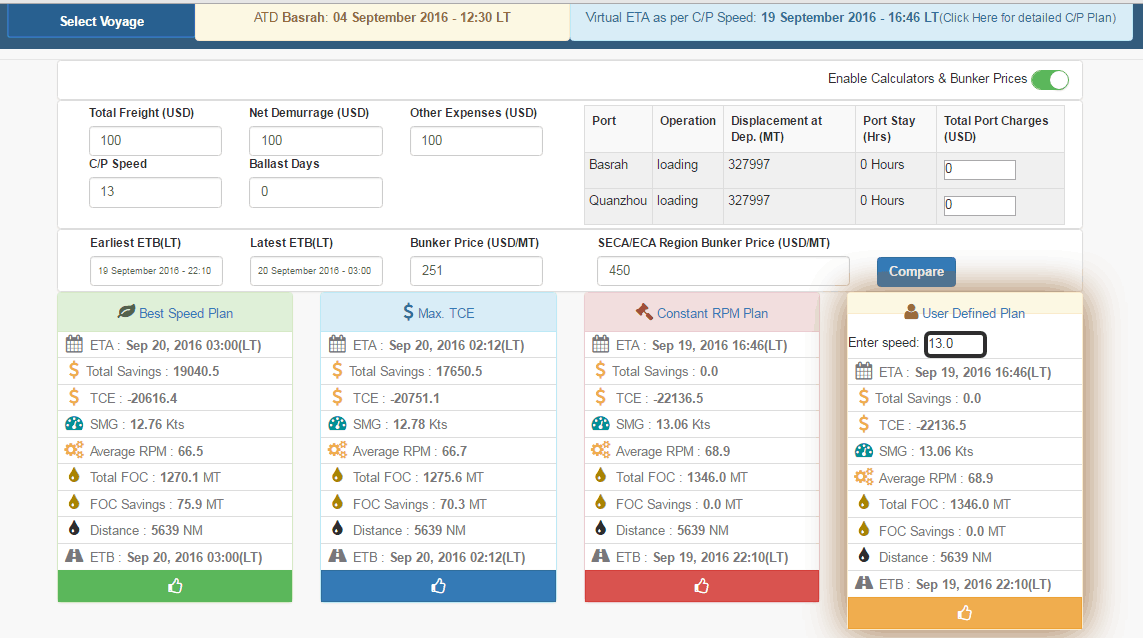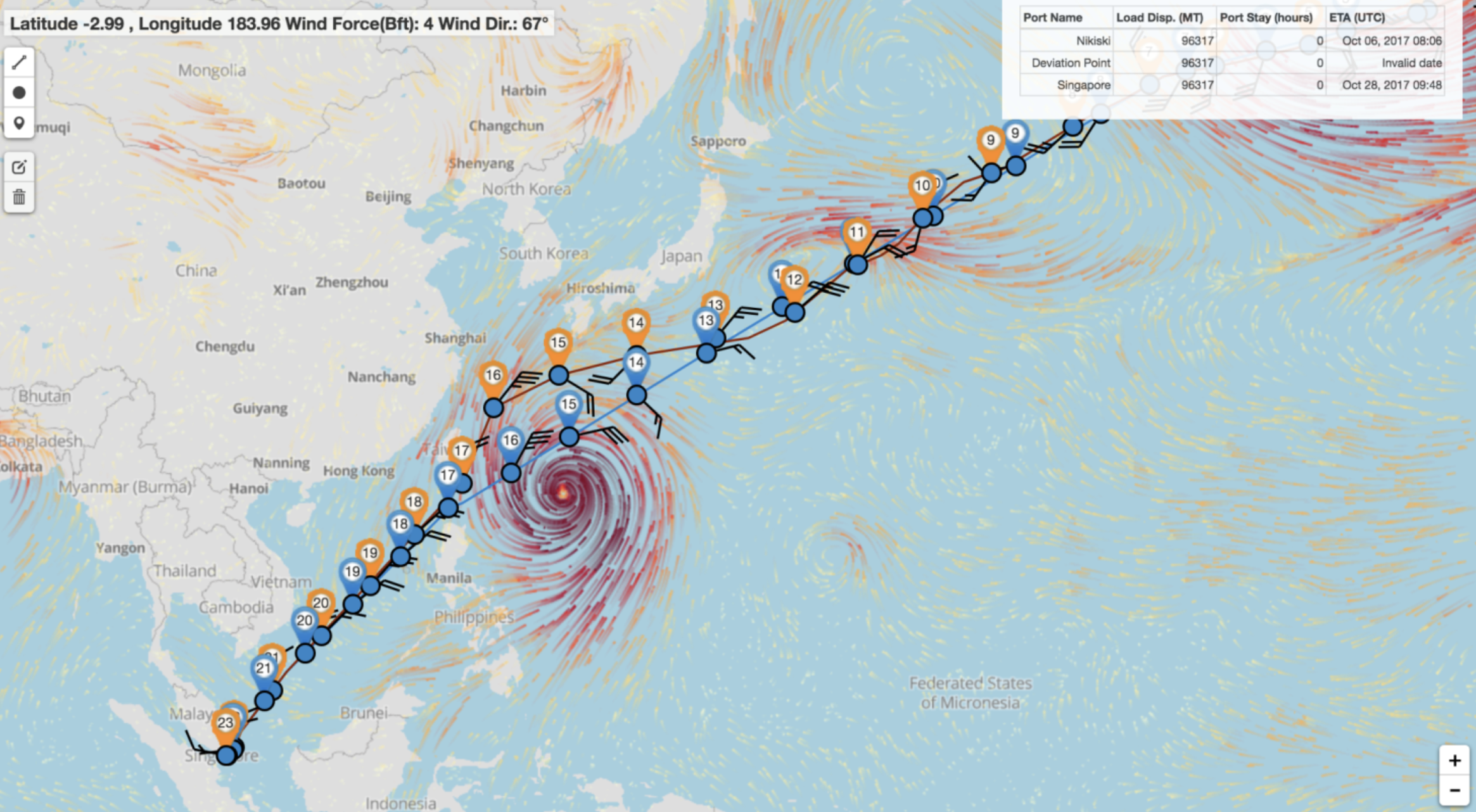
A typical suezmax may consume up to 1500 MT in a trans-Pacific voyage. A weather foresight across the entire route space when used by a smart algorithm can help decide a route and a speed schedule that optimizes the fuel consumption for just in time arrival at the destination. Unlike traditional weather routing services, our algorithm exhaustively explores all possible speed and course combinations to decide the most optimal voyage plan under the constraints of the agreed CP terms and safe navigation guidelines. We have a proven track record of an average 5-7% fuel savings against a transparent voyage benchmarking system.

BOSS explores all possible voyage scenarios on a weather indexed grid and uses a combination of dynamic speed scheduling and weather routing to plan the most optimum voyage schedule. Dynamic speed scheduling allows the vessel to speed up or slow down in order to avoid exposure to adverse weather. Speed scheduling when combined with weather routing, further increase the scope of optimization by not only reducing bad weather exposure but also exploiting favourable winds and ocean currents during the passage.
Voyage simulations are performed using a vessel-specific hydrodynamic model based on data from previous voyage abstracts, vessel performance tests and incoming noon reports through our MIRROR reporting system. Our dynamic programming based optimization algorithm takes into account several constraints including, but not limited to, the following:
These constraints ensure that the generated voyage plan is feasible in a real-world scenario and the estimates we get before voyage commencement are as accurate as possible. Once the exhaustive simulation is complete, BOSS finds a range of achievable arrival times under the given constraints and an optimum voyage plan can be generated for any given arrival time within this range.
Following are some of the advantages of BOSS optimization methodology against other weather routing services:
BOSS voyage comparator helps in taking critical decisions regarding voyage planning. It is a complete and easy to use interface to explore various voyage scenarios generated by our optimization algorithm. A voyage manager can compare various ETAs, in terms of fuel savings and voyage earnings. He/She can also invite all stakeholders to the BOSS voyage comparator to negotiate the most suitable voyage plan.

The calculations in the comparator are based on a detailed six hourly simulation of the voyage in the forecast weather conditions for any given arrival time. It also takes into account all the costs like freight rates, demurrage, port charges etc and there by helps identify the best ETA to maximize voyage earnings or TCE.
VAJRA or Voyage Analysis and Joint Routing Assistant is a light-weight offline application that serves as an interactive extension to the Voyage Plan PDF sent to the vessel. VAJRA offers an easy way to observe the weather forecast along the vessel’s intended route, BOSS recommended route and standard shipping routes to make well-informed decisions regarding the next course of action. The user may select the date and time and load the vessel’s expected position and weather on different routes for that date and time on the map. The user can also hover the mouse on any position on the map to see the forecast significant wave height and wind speed at that position. VAJRA also provides a detailed comparison of simulation results such as estimated fuel consumption, weather conditions, distance, time of arrival, and speed throughout the passage along various routes. The interactive nature of VAJRA removes the need for both tedious excel sheets and evaluating static weather charts. Instead, an interactive interface provides a much simpler way to conduct route comparisons.
Here are some key features VAJRA offers:
